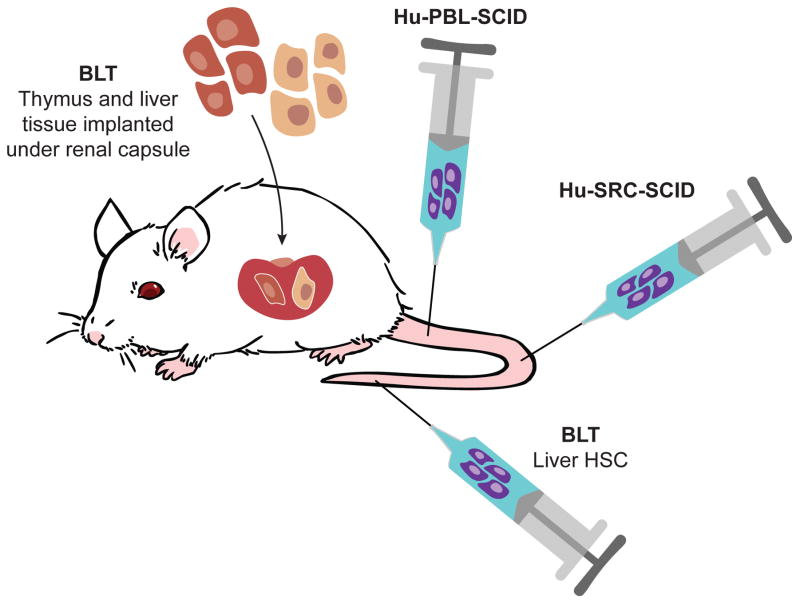Figure 1. Model systems for engraftment of human immune systems into immunodeficient mice.
Hu-PBL-SCID; IV or IP injection of mature lymphoid populations including peripheral blood mononuclear cells, lymph node cells, and splenocytes. The advantage of this model is the easy access to clinically relevant samples, but engraftment is limited to predominately human CD3+ T cells. The disadvantage of this model is the development of GVHD leading to a short experimental window. Hu-SRC-SCID; IV or intra-femoral injection of human CD34+ HSCs derived from umbilical cord blood, bone marrow, fetal liver or G-CSF-mobilized peripheral blood stem cells. The advantage of this model is the development of a complete human immune system, but the human T cells are educated on the murine thymus and are H2-restricted. Poor human mucosal immune system development is also observed. BLT; engraftment of human fetal thymus and liver fragments under the renal capsule of the kidney and IV injection of human CD34+ HSCs from the autologous fetal liver. This is a more complete human immune system with improved mucosal immunity. The human T cells are educated on their autologous thymus and are HLA-restricted. The major disadvantage is the development of a wasting syndrome following long-term engraftment that is observed in most laboratories.

